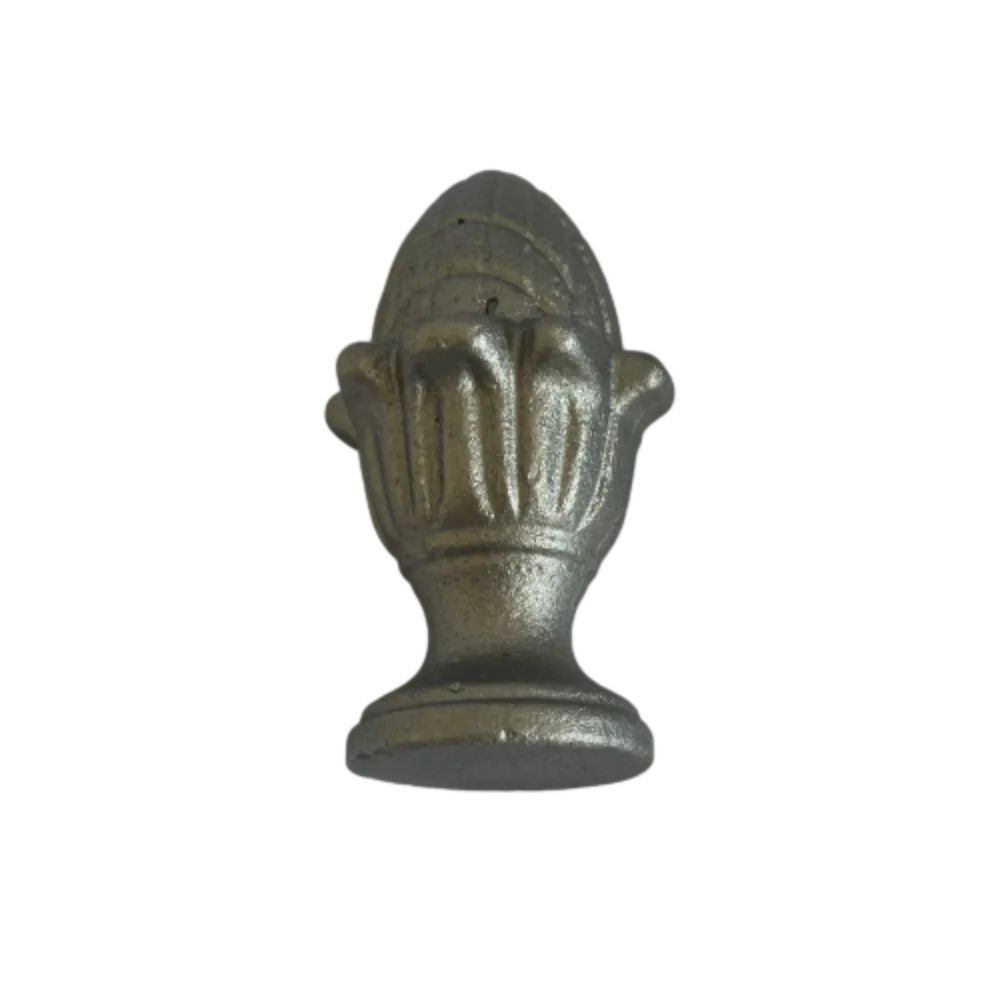Exploring the Art and Craft of Ornamental Iron Castings for Unique Decorative Pieces
The Art and Craft of Ornamental Iron Castings
Ornamental iron castings have captivated the imagination of artisans and homeowners alike for centuries. This timeless craft blends functionality with beauty, allowing for the creation of unique pieces that can enhance both residential and commercial spaces. From ornate gates to delicate railings, ornamental iron castings offer a perfect combination of durability and aesthetic appeal.
Historically, iron casting dates back to ancient civilizations where it was primarily used for practical purposes. Engineers and blacksmiths learned to manipulate molten iron to create weapons, tools, and structural components. However, as societies evolved, the decorative potential of iron became evident, paving the way for ornamental designs. During the Renaissance, ironwork gained significant prominence, especially in Europe, where skilled craftsmen began to incorporate intricate detailing into their work. This era marked the transition from functional ironwork to decorative forms, establishing ornamental iron castings as an esteemed art form.
The production of ornamental iron castings involves several stages, beginning with the design process. Artisans utilize a blend of traditional techniques and modern technologies to create unique patterns and sculptures. These designs can be influenced by various styles, including Gothic, Baroque, and Art Nouveau, allowing for a wide variety of visuals that can complement different architectural features.
Once a design is finalized, the next step is to create a mold. This can be accomplished using various materials, including sand, metal, or even ceramic, depending on the complexity of the design and the artist's preference. The mold must be meticulously crafted to ensure that every detail of the design is replicated accurately in the final casting.
After the mold is complete, the molten iron is poured into it. This step requires precision, as the temperature must be carefully controlled to achieve the desired strength and finish. Once the iron cools and solidifies, the mold is removed, revealing the intricately crafted piece of ironwork. The casting may undergo additional processes, such as grinding, polishing, and painting, to enhance its visual appeal and protect it from the elements.
ornamental iron castings

One of the significant advantages of ornamental iron castings is their durability. Unlike many materials that deteriorate with exposure to weather and time, iron offers exceptional strength and longevity. When properly maintained, ornamental iron can last for generations, making it a worthwhile investment for homeowners. It is also relatively low maintenance; occasional cleaning and a protective coat of paint are usually sufficient to keep it looking its best.
Ornamental iron castings play a crucial role in both indoor and outdoor environments. In exterior applications, they can be found in gates, fences, and balconies, providing security while also enhancing the property’s curb appeal. Inside homes, ornamental iron may be used for stair railings, room dividers, or decorative accents, adding a touch of elegance and sophistication to any interior.
Moreover, the eco-friendliness of iron casting cannot be overlooked. Iron is a recyclable material, meaning that a significant part of the iron used in ornamental castings comes from recycled sources. This not only reduces the environmental impact of production but also aligns with the growing global trend toward sustainable practices.
As we move forward, the world of ornamental iron castings continues to evolve. Modern technologies, such as computer-aided design (CAD) and 3D printing, are influencing the way artisans approach their work, allowing for even more intricate and customized designs. However, the core values of craftsmanship, attention to detail, and artistry remain at the forefront of this age-old tradition.
In conclusion, ornamental iron castings exemplify the fusion of art and functionality. Their rich history, coupled with the versatility they provide in design and application, ensures their place in both contemporary and historical contexts. With a commitment to quality craftsmanship and a respect for tradition, the future of ornamental iron castings is bright, promising innovations that will continue to enchant and inspire for years to come. Whether as a statement piece or a subtle accent, ornamental iron castings undeniably enrich our spaces with their unique charm and enduring presence.
-
Wrought Iron Components: Timeless Elegance and Structural StrengthNewsJul.28,2025
-
Window Hardware Essentials: Rollers, Handles, and Locking SolutionsNewsJul.28,2025
-
Small Agricultural Processing Machines: Corn Threshers, Cassava Chippers, Grain Peelers & Chaff CuttersNewsJul.28,2025
-
Sliding Rollers: Smooth, Silent, and Built to LastNewsJul.28,2025
-
Cast Iron Stoves: Timeless Heating with Modern EfficiencyNewsJul.28,2025
-
Cast Iron Pipe and Fitting: Durable, Fire-Resistant Solutions for Plumbing and DrainageNewsJul.28,2025
-
 Wrought Iron Components: Timeless Elegance and Structural StrengthJul-28-2025Wrought Iron Components: Timeless Elegance and Structural Strength
Wrought Iron Components: Timeless Elegance and Structural StrengthJul-28-2025Wrought Iron Components: Timeless Elegance and Structural Strength -
 Window Hardware Essentials: Rollers, Handles, and Locking SolutionsJul-28-2025Window Hardware Essentials: Rollers, Handles, and Locking Solutions
Window Hardware Essentials: Rollers, Handles, and Locking SolutionsJul-28-2025Window Hardware Essentials: Rollers, Handles, and Locking Solutions -
 Small Agricultural Processing Machines: Corn Threshers, Cassava Chippers, Grain Peelers & Chaff CuttersJul-28-2025Small Agricultural Processing Machines: Corn Threshers, Cassava Chippers, Grain Peelers & Chaff Cutters
Small Agricultural Processing Machines: Corn Threshers, Cassava Chippers, Grain Peelers & Chaff CuttersJul-28-2025Small Agricultural Processing Machines: Corn Threshers, Cassava Chippers, Grain Peelers & Chaff Cutters












